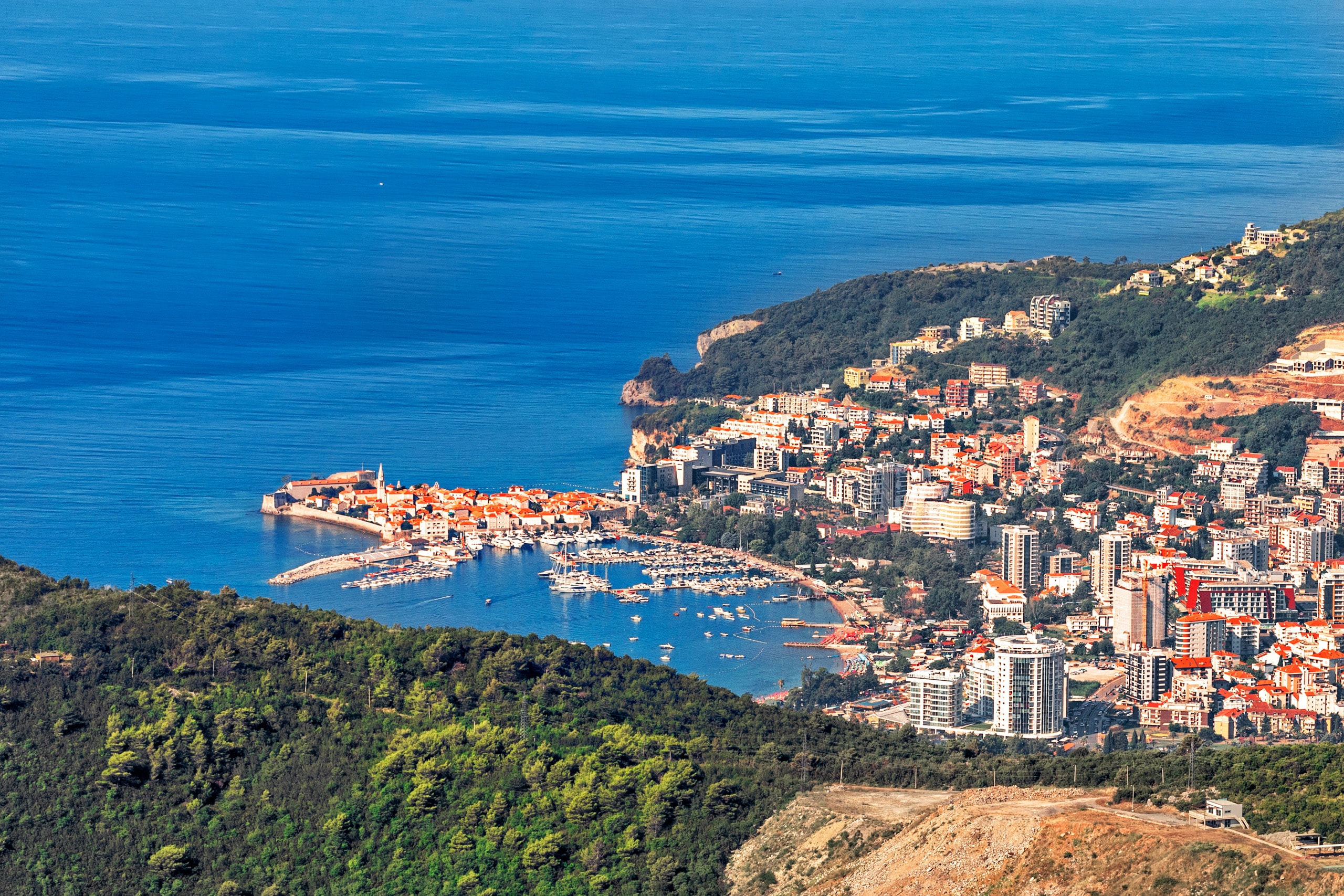
Bar, Montenegro
Bar, Montenegro
Description
Bar, Montenegro, is an unsung resort town on the country's south coast. Nestled between breathtaking mountains and the glistening Adriatic Sea, Bar offers plenty of culture and history to discover, nature right on its doorstep, and a string of pebble beaches to relax on.
While Bar may not be as well-known as, say, Kotor or Budva, two of Montenegro's most well-known destinations, travelers will find an authentic atmosphere here, and plenty to see and do during a short visit. There's sizzling weather, too, with 270 days of sunshine every year.
Culture and history are present, too. If you enjoy delving into a destination's past, Stari Bar, the picture-perfect old town, is a must-visit, while lazy beach days are encouraged on the coast.
Points of Interest
- Kotor
- Perast and Our Lady of the Rocks
- Budva
- Stari Bar
- Ulcinj
- Lipa Cave
- Skadar Lake
- Pogdorica
More about Bar, Montenegro Points of Interest
-
Kotor -
Kotor lies at the head of Boka Bay. Bordered by towering limestone cliffs, the winding bay is actually Southern Europe's longest and most dramatic fjord. The port itself is a medieval gem: its narrow, asymmetrical streets are lined with ancient stone houses, old palaces, and churches dating from the 12th century. Kotor is also your gateway to the cultural and scenic wonders of Montenegro, from the old royal capital at Cetinje to the marshes and wildlife of Lake Skadar National Park.
-
Perast and Our Lady of the Rocks -
Perast flourished in the 1700's, due to its busy shipyards, and is arguably the best-kept Baroque city in Montenegro. Our Lady of the Rocks Island is home to the charming "Gospa od Skrpjela" church.
-
Budva -
A historic Montenegrin town, Budva is 2,500 years old, making it one of the oldest settlements on the Adriatic coast. It boasts narrow streets, medieval ramparts, and 15th century towers.
-
Stari Bar -
An overlooked gem of Montenegro, what previously was a Roman settlement back in the 6th century century became a Slavonic, Venetian and eventually Ottoman property. It finally was destroyed in 1878 during the war between Russia and Turkey.
-
Ulcinj -
The elegant minarets of numerous mosques give Ulcinj (Ulqin in Albanian) a distinctly Eastern feel, as does the lively music echoing out of the kebab stands around Mala Plaža (Small Beach). Ulcinj's ramshackle Old Town looms above the heaving beach and is a fantastic spot for people-watching without being surrounded by people.
-
Lipa Cave -
One of the largest cave systems in Montenegro is now one of its most popular attractions. The first written account of Lipa Cave was by an English researcher who visited it in 1839. Boasting 1.5 miles (2.5 km) of secret passages and narrow halls, this playful and unique underground world of stalagmites and stalactites, secret chambers and underground rivers is explored on guided tours.
-
Skadar Lake -
Tucked between the border of Albania and Montenegro, Skadar hails as Southern Europe's largest freshwater lake. Declared a national park in 1983, it's home to 60 islands, 270 species of birds and breathtaking scenery.
-
Pogdorica -
Situated at the intersection of five rivers, Podgorica was made the country's capital in 2006. The Old Town is a network of narrow, winding streets that stand as a testament to the Ottomans who captured the city in the 15th century. Dotted with ancient mosques and traditional stone houses, Sahat Kula (Clock Tower) is one of the few Ottoman landmarks that survived WWII bombing. Nearby sits one of Podgorica's oldest houses-a 17th century building protected as a valuable cultural asset.